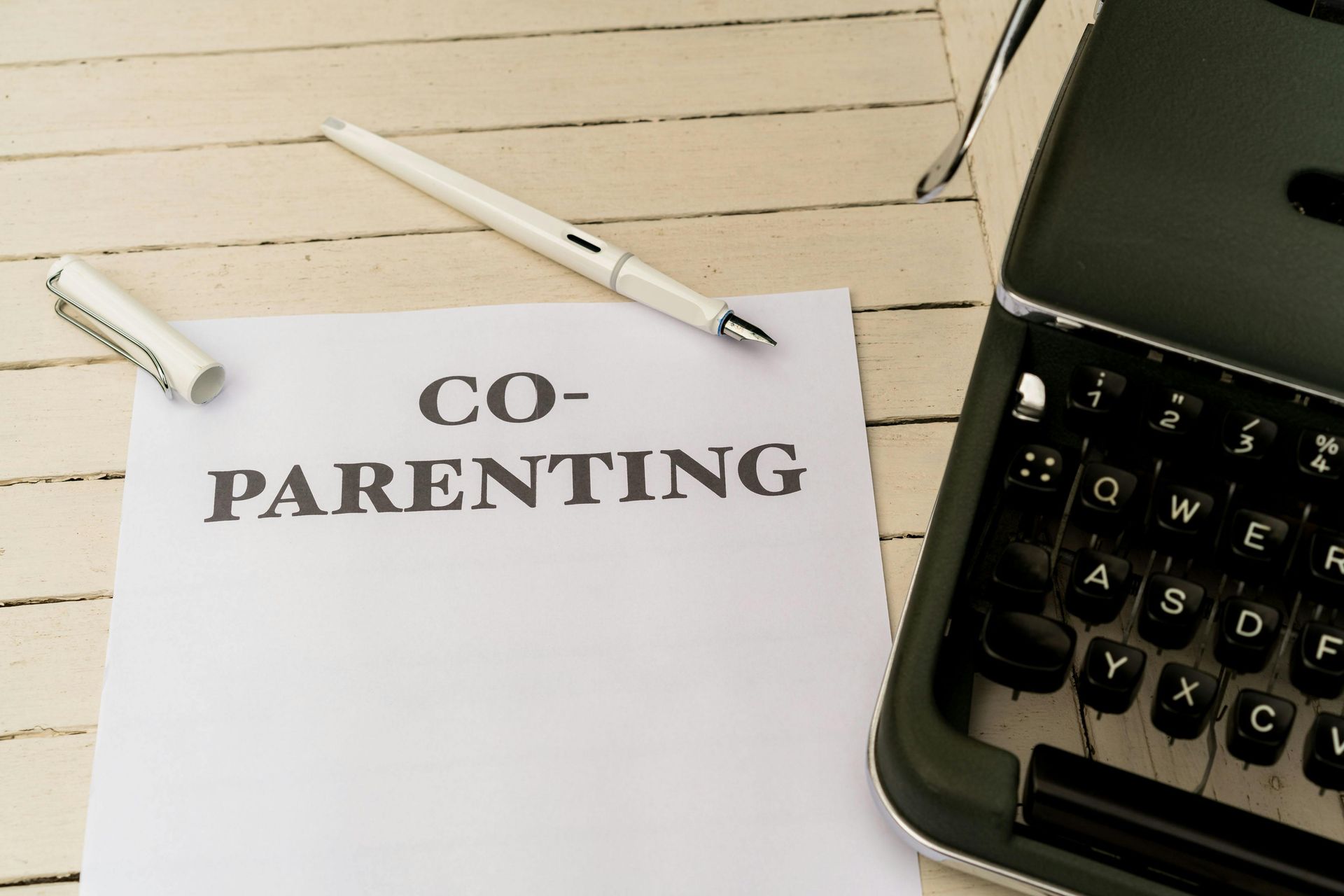Living Together While Separated With Children
Separation is never easy, especially when children are involved. In many cases, financial constraints, housing issues, or the desire to minimize disruption for the children may lead separated parents to continue living together under the same roof. While this arrangement can be challenging, it is possible to navigate it successfully with clear boundaries, mutual respect, and a strong focus on the well-being of the children.
Why Do Some Separated Couples Continue Living Together?
There are various reasons why separated couples may choose to continue cohabiting:
1. Financial Reasons – The cost of maintaining two households can be prohibitive, especially in high-cost living areas.
2. Child Stability – Parents may not want to disrupt the children's routines, schooling, and social lives.
3. Legal or Logistical Delays – Divorce or custody proceedings may take time, making it necessary to share a home temporarily.
4. Housing Availability – Finding a new place to live may not be an immediate option, particularly in competitive housing markets.
5. Emotional or Religious Factors – Some couples may have personal or cultural reasons for delaying physical separation.
Whatever the reason, it is essential to establish a structured approach to living together while separated, especially for the sake of the children.
Setting Boundaries and Ground Rules
To ensure a peaceful coexistence, parents must set clear boundaries and ground rules. Here are some key areas to focus on:
1. Define Personal Spaces
· If possible, each parent should have a separate bedroom or designated space within the home.
· Establish private areas where each person can retreat when needed.
· Avoid entering each other's personal spaces without permission.
2. Develop a Parenting Plan
· Determine a schedule for parenting responsibilities, including school drop-offs, extracurricular activities, and bedtime routines.
· Set up a co-parenting system that minimizes conflicts and ensures that each parent has designated time with the children.
· Communicate openly about parenting decisions to present a united front.
3. Establish Household Responsibilities
· Divide household chores fairly to prevent resentment.
· Maintain separate finances and agree on shared expenses such as rent, utilities, and groceries.
· Set rules about guests, ensuring that neither parent disrupts the household dynamic.
4. Communicate Respectfully
· Avoid discussing personal grievances in front of the children.
· Use calm and neutral communication methods, such as text messages or emails, if face-to-face interactions become tense.
· Consider family meetings to discuss important household matters and make collective decisions.
5. Define New Relationship Boundaries
· Set expectations regarding dating and introducing new partners to the children.
· Agree on appropriate timelines and approaches to minimize confusion and emotional distress for the children.
Prioritizing the Children's Well-Being
Children are often the most affected by parental separation. Ensuring their emotional stability and comfort should be the top priority.
1. Maintain Routine and Stability
· Stick to regular schedules for meals, bedtime, and school activities.
· Keep open lines of communication so children feel safe expressing their feelings.
· Encourage them to maintain relationships with both parents without taking sides.
2. Avoid Conflict in Front of the Children
· Shield children from arguments and negative interactions.
· Never use children as messengers between parents.
· Refrain from speaking negatively about the other parent in front of the children.
3. Support Their Emotional Needs
· Encourage children to talk about their feelings and validate their emotions.
· Seek professional support if needed, such as family counseling or child therapy.
· Reassure them that both parents love them and will continue to care for them despite the separation.
Legal and Financial Considerations
Even if parents continue living together, it is essential to prepare for future separation legally and financially.
1. Document the Separation
· Keep records of key decisions made during this transition.
· Consider drafting a separation agreement outlining financial responsibilities, child custody arrangements, and property division.
2. Plan for the Future
· Determine a long-term plan for eventual separate residences.
· Set financial goals to support independent living arrangements.
3. Consult a Legal Professional
· A family lawyer can provide guidance on rights, responsibilities, and legal protections.
· Mediation services may help facilitate discussions and agreements between cohabiting ex-partners.
When to Consider Moving Out
Living together while separated is not a permanent solution for most couples. Here are some signs that it may be time to find separate living arrangements:
· Increased Conflict – If disagreements escalate and create a toxic environment.
· Negative Impact on Children – If children show signs of distress, anxiety, or behavioral changes.
· New Relationships – When either parent is ready to move on romantically and introduce a new partner.
· Financial Readiness – Once both parents can sustain separate households.
Final Thoughts
Living together while separated with children is a complex arrangement that requires patience, cooperation, and a commitment to the well-being of the family. By setting clear boundaries, maintaining respectful communication, and prioritizing the children's needs, parents can navigate this transition more smoothly. While this situation may not be ideal, with the right approach, it can serve as a stepping stone toward a healthier future for everyone involved.
More Family Law Blogs
by Anne Harvey









